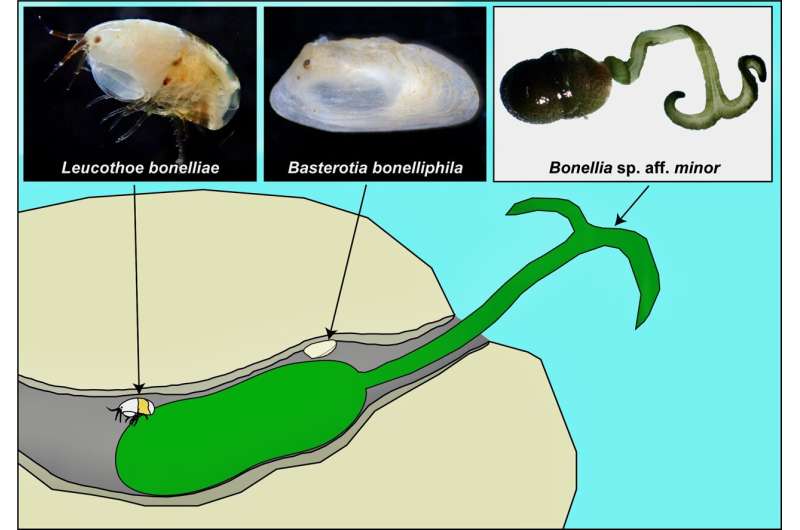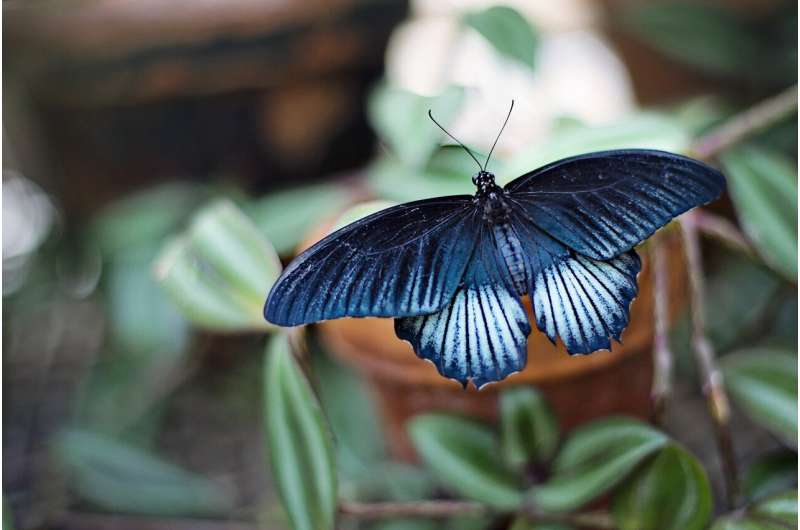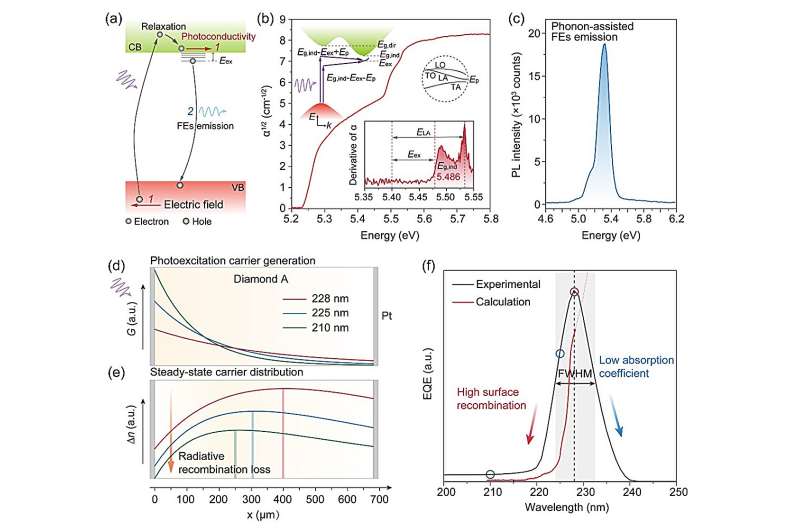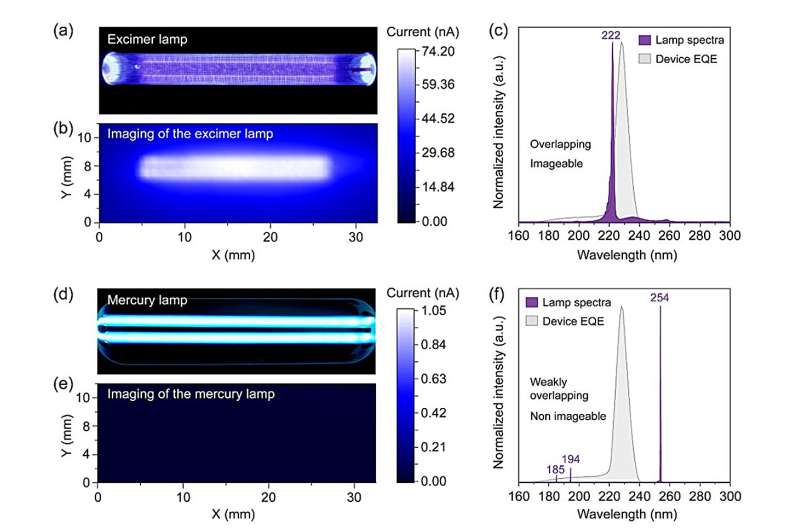Protecting polar bears is the aim of new and improved radar technology

Research testing new technology to more effectively locate polar bear dens across the Arctic is showing promising results. Researchers from Simon Fraser University and Brigham Young University (BYU), collaborating with Polar Bears International, hope that improving detection tools to locate dens—which are nearly invisible and buried under snow—will help efforts to protect mother polar bears and their cubs.
Results of a pilot study aimed at improving den location in Churchill, Manitoba—using ARTEMIS Inc., an imaging system that relies on Synthetic Aperture Radar, or SAR—are published this week in the journal Ursus, just ahead of Polar Bear Week (Oct. 29–Nov. 4).
The team found that SAR increased den detection by more than 20%, or 66%, compared with the industry's current 45% accuracy rate using the aerial Forward Looking Infrared (FLIR) system as a den-detection tool.
"Our airborne imaging radar system has multi-band, interferometric, and polarization capabilities at microwave frequencies able to penetrate snow," says SFU engineering science professor Bernhard Rabus, who holds an Industrial Research Chair in Synthetic Aperture Radar. "The system can 'see' both the top snow surface, the den roof surface and inside the den cavity."
"While our method is still in its research and testing phase, an operational version is expected to be able to extrapolate from the radar signatures of live bears in the open, combined with computer modeled den cavity radar signatures, to develop a robust match filter detection for airborne multi-channel SAR data to detect polar bears reliably inside their dens."
Unlike aerial FLIR, SAR technology performs well regardless of temperature and weather conditions, which is crucial in the Arctic, thus SAR may be an effective tool to guide conservation efforts for this vulnerable and iconic species.
"This report advances Synthetic Aperture Radar as a promising method for polar bear den detection, which is critical for protecting polar bears alongside human activity," says Geoff York, senior director of research and policy at Polar Bears International. "Brigham Young University and Simon Fraser University have been invaluable research partners, and we're excited about the possibility of SAR in the Arctic as it performs well in all weather conditions."
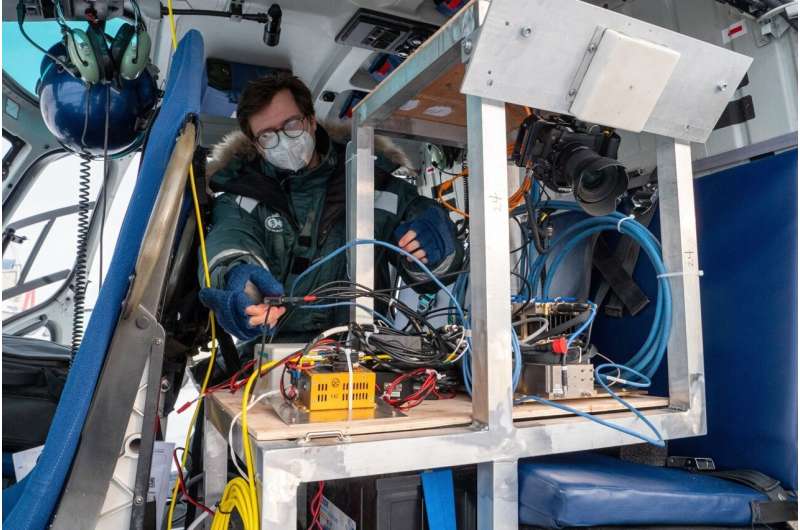
David Long, electrical engineering professor and director of BYU's Center for Remote Sensing, noted that the research provided BYU undergraduate Capstone students "an opportunity to do original research to identify and locate polar bears using radar. This is the first time this has ever been done, and we have great confidence this can be used in the arctic areas to detect polar bears in the snow."
Denning is the most vulnerable time for polar bears, and with increased industry activity in the region, there is a need for more accurate tools that can detect polar bear dens to avoid disturbing them during this critical time.
Polar bear cubs are born blind with only a light layer of fur to protect them from the cold. They remain dependent on their mothers, living in winter dens under the snow. They are able to emerge from the den in spring when they have grown enough to withstand the harsh Arctic conditions.
A mother bear's inability to successfully raise cubs contributed to the 40% decline of the Southern Beaufort Sea subpopulation between 2000-2010. A critical part of polar bear conservation is keeping mothers and cubs safe while also addressing other threats such as climate change.
More information: Brent George et al, On evaluating the efficacy of air-borne synthetic aperture radar for detecting polar bears: A pilot study, Ursus (2023). DOI: 10.2192/URSUS-D-22-00018


